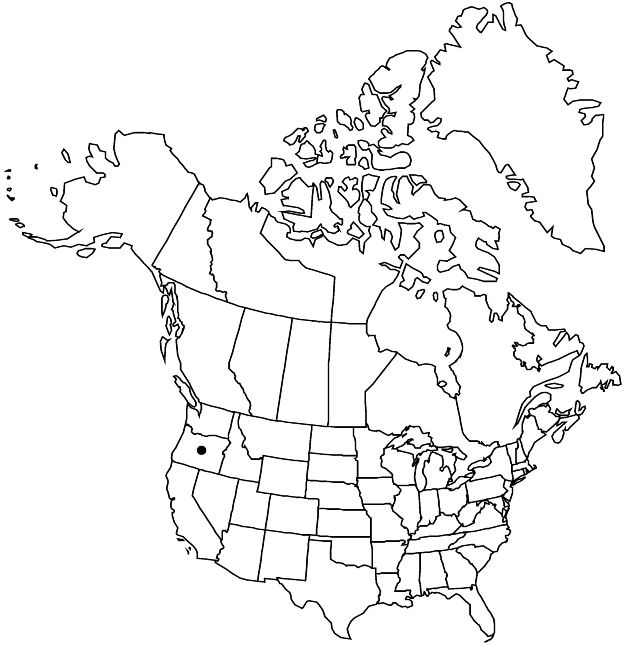Cotoneaster fangianus
Acta Phytotax. Sin. 8: 219. 1963.
Shrubs, 2–2.5 m. Stems erect, arching, spreading; branches distichous, maroon, purple, or brown, initially tomentose-pilose. Leaves deciduous; petiole 2–4 mm, tomentose; blade elliptic, broadly elliptic, or ovate, rarely suborbiculate, 21–56 × 13–30 mm, subcoriaceous, base obtuse or truncate, margins flat, veins 4–6, slightly to deeply sunken, apex obtuse or acute, abaxial surfaces grayish, initially moderately to densely villous, adaxial dark green, dull, not glaucous, flat between lateral veins, slightly rugose, pilose; fall leaves yellowish. Inflorescences on fertile shoots 20–30 mm, usually with 2 or 3 leaves, 3–15-flowered, compact. Pedicels 2–5 mm, tomentose-pilose. Flowers erect, 4–6 mm; hypanthium cupulate, densely villous; sepals: margins villous, apex acute, surfaces villous, sparsely hairy submarginally; petals erect, pink or fading whitish; stamens (16–)19 or 20, filaments pale pink or white, anthers white; styles [1 or]2(or 3). Pomes pendent, bright to dark red, obovoid to obconic, 8–10 × 8–9 mm, apex nearly flat, reflectance and coating not recorded, succulent, villous; sepals flat, margins villous, villous; navel slightly open; style remnants 2/3 from base. Pyrenes [1 or]2(or 3).
Phenology: Flowering May; fruiting Oct–Nov.
Habitat: Disturbed mesic forests
Elevation: 0–200 m
Distribution

Introduced; Oreg., Asia (China), introduced also in Europe.
Discussion
Reports of Cotoneaster mucronatus Franchet escaped in Oregon (P. F. Zika and E. R. Alverson 2005) are here referred to C. fangianus.
Selected References
None.